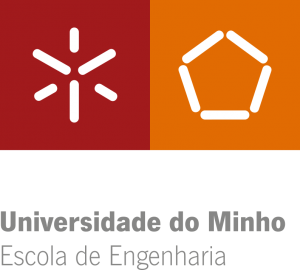António Silva finaliza o seu Doutoramento
Tema da Tese: A Decision Support System Based on Guidelines with Conflict Resolution Features
Autor: António José Linhares da Silva
Programa Doutoral: Programa Doutoral em Informática
Data: 20/07/2021
Orientadores: Paulo Jorge Freitas de Oliveira Novais; Tiago José Martins Oliveira
Abstract: Currently, in the health sector, there is a growing need for systems that are more interactive, pervasive, and effective in clinical decision support. Also, there is a lack of systems capable of providing decision support through patient-specific recommendations based on Clinical Practice Guideline versions for automatic interpretation. Some challenges to Computer-Interpretable Guidelines (CIGs) modelling have arisen, making it difficult to represent clinical protocols computationally and integrate them in Clinical Decision Support Systems (CDSSs). These challenges are modelling, reusing and combining the knowledge, representation of temporal information, creation, editing, and execution of CPGs and the automatical identification of recommendation conflicts and interactions and their respective mitigation.
Although current solutions offer tools to create and execute CPGs, they lack in functionalities such as scheduling and temporal management, the combination of knowledge from multiple CPGs, automatical identification and mitigation of conflicts among different CPGs, and user-friendly tools to create and editing of CIGs. Others, despite being filled with many functionalities and tools, are difficult to use, with complicated and non-intuitive interfaces, which makes them less suitable for daily use in such a complicated environment that is a health facility.
As a means to solve this issue, this doctoral work proposes a method that automatically identifies and mitigates the common potential conflicts or interactions that can happen when merging CPGs for multimorbid patients. Furthermore, this approach offers the possibility of managing the creation and editing of CIGs as well as provide mechanisms for integrating and scheduling CIG recommendations in the daily routine of health care professionals.research. SafeCity makes use of multiple disruptive methods and models for on-device boredom inference, to assess one’s personality, to conceive emotional maps, and to provide accurate multi-step traffic flow forecasts, among many others. The goal is to allow people to be participative actors, thus having access to a set of information about the current and future status of the environment where they stand, allowing VRUs to adapt their behavior upon each situation, hour, and place of a city. Additional archetypes include a multi-agent system blockchain for the management of large amounts of data of different types and sources.



